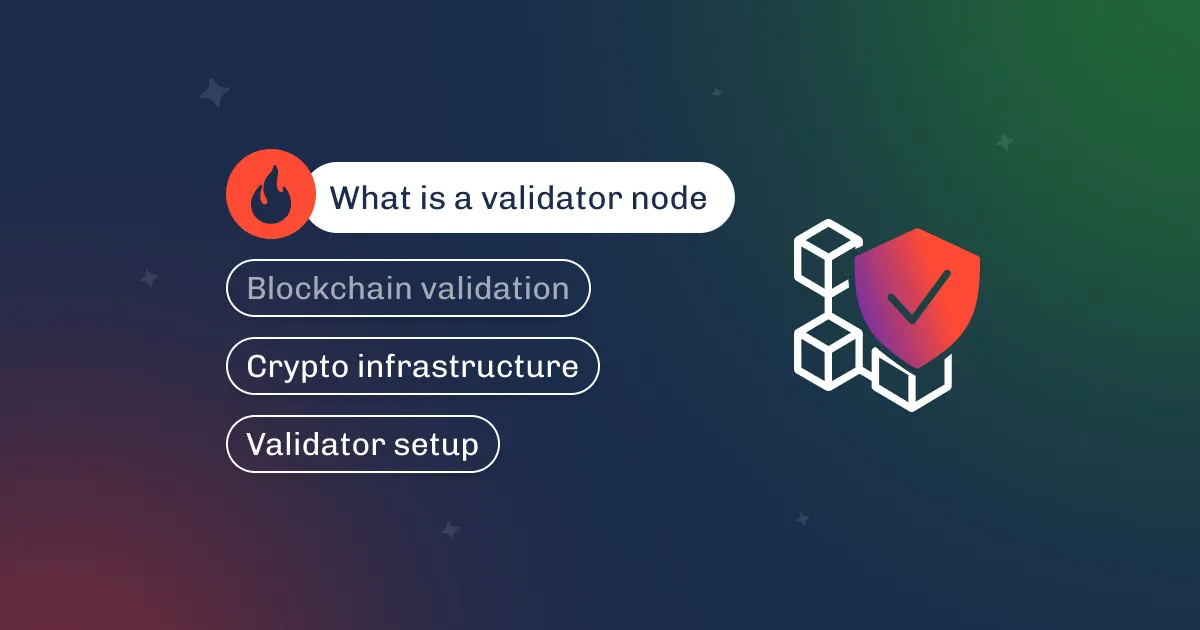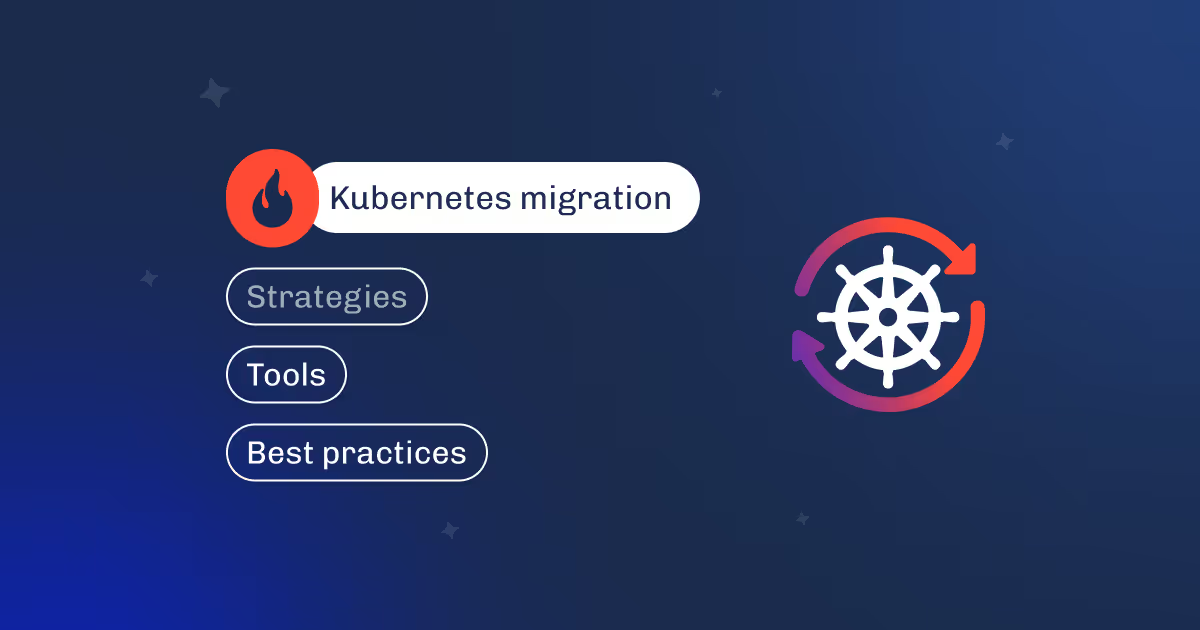

Rollups as a Service, or RaaS, is the recent trend in the blockchain infrastructure. The main reason why this trend appears is that layer 2 solutions get saturated with market players, but the request for quick launch, easy implementation, low latency, and fees remains the same.
Generally, while creating a new Web3 project, developers have a few ways to deploy their dApps: deploying on an existing layer 1 or layer 2 ecosystems, creating their application-specific chain. OR—launch a rollup over the secreted blockchain to reach the optimal balance between customization, performance, and effort.
And there’s a reason why they choose the second option, relying on RaaS providers. So, what is the place of Raas in the developers’ and executives’ toolbox? Think of RaaS as the “AWS moment” for rollups that can smooth out some sharp angles:
So, where does RaaS sit in your toolbox?
Put simply, if you need the custom knobs of your own chain but with the time-to-market of a hosted service, RaaS is quickly becoming the happy middle ground.
Rollup is a method to increase network throughput and efficiency by processing TXs off the main chain and then posting the processed TX data back to the main chain in a compressed form. This approach makes everything faster yet saves all the functionality the developer might need.

RaaS providers take responsibility for developing and customizing Rollups for the request of the client. Typically, different RaaS companies have their specialization for different kinds of Web3 projects, for example, for DeFi, games, social purposes, etc. They streamline the process, enabling developers to fine-tune features such as data accessibility, fees, and other rollup attributes tailored to their specific apps, often offering a no-code deployment.
For board-level stakeholders, RaaS represents a “modular outsourcing” play: let a specialist handle consensus, data availability, and sequencer upgrades while your team focuses on user acquisition and product differentiation. The result is an asset-light path to Layer-2 scale, mirroring how AWS abstracted away bare-metal servers two decades ago.

There are two main types of rollup solutions: optimistic and zero-knowledge (“zk”). Optimistic rollups assume transactions are valid by default and verify them only if they are challenged. ZK-rollups use cryptographic proofs to verify transactions' validity before posting them to the main chain, ensuring speed and security.

| KPI | Optimistic rollup | ZK-rollup | So-what for the C-suite |
|---|---|---|---|
| Avg. fee | $0.01–$0.03 per tx (Arbitrum, Base) | $0.30-$0.50 per tx (zkSync, Starknet)—still dropping as proof costs fall | Budget Ops assumes 5-20× fee delta; ZK becomes cost-competitive only at very high throughput |
| Finality/withdrawal delay | 15 min* → 7 days (fraud-proof window) | <2 minutes (validity proof) | Cash-management impact: Optimistic needs bridging / market-makers for fast liquidity |
| Proof generation/hardware | Commodity CPUs | Often GPU/ASIC rigs; proof cost down 98% since 2023 | CapEx heavier for in-house ZK, but many RaaS vendors abstract this |
| Ecosystem TVL share (May 2025) | 71% (Arbitrum 51%, Optimism 20%) | 29% (Starknet, zkSync Era, Polygon zkEVM, Scroll) | Maturity + tooling still favour Optimistic; ZK catching up fast |
| Privacy/compliance fit | Public calldata; limited GDPR alignment | Native data minimisation; auditors can see proofs only | ZK aligns better with the EU Data Act & sectoral privacy mandates |
| Road-map risk | Sequencer decentralisation still WIP | Proving costs & latency still falling; recursion tech nascent | Choose based on tolerance: governance (Optimistic) vs. cryptography (ZK) |
* Many “7-day” rollups now use Cannon or BOLD, cutting the challenge period to minutes for normal use-cases, though withdrawals still settle after L1 finality.
Note: While marketing materials often highlight rapid deployment, actual integration, testing, and security audits typically take longer. And the fee ranges and cost competitiveness described are accurate as of early 2025, but the ZK rollup fees are rapidly dropping due to ongoing improvements in proof generation and recursion technology.
Key takeaways to consider
Here’s what a developer can find in the offer of different RaaS providers:
| Feature | Immutable X | dYdX | Loopring | StarkNet |
|---|---|---|---|---|
| Minimum Viable Product (MVP) deployment | Yes | Yes | Yes | Yes |
| Customizable fees | Yes | Limited | Yes | Yes |
| Token integration | Supported | Limited | Supported | Supported |
| Governance model selection | Limited | Limited | Yes | Yes |
| Smart contract development flexibility | High | Moderate | High | High |
| Scalability solutions | Optimistic Rollup | zk-STARKs | zk-SNARKs | zk-STARKs |
| Target use cases | Gaming, NFTs, DeFi | DeFi | DeFi, general purpose | General purpose |
According to the Binance study published in November 2023, Arbitrum is an undoubted leader by market share, while Optimism ranks second by a wide margin compared to the rest of the solutions in the market. (Source)

1. Conduit allows developers to swiftly deploy production-grade OP Chains (rollups built on top of ETH using the OP Stack) in minutes. Now on Mainnet.
2. Quicknode offers battle-tested blockchain API infrastructure coupled with extensive AppChain and RaaS tools. The team just announced a partnership and support for zkSync Hyperchains.

3. alt_layer allows the deployment of fully managed, production-grade rollups in just a few clicks and offers a no-code dashboard. And the $ALT token is to be launched soon on Binance Launchpool!
4. Discover more news from RaaS providers in our X thread.
New names appeared, and we can’t avoid talking about them.
| Vendor | Tech stack | Sequencer model | Base fee/tx | TPS tested | Best-fit domain |
|---|---|---|---|---|---|
| Caldera | OP-Stack | Centralised → roadmap to shared seq | $0.02 | 2 200 | Gaming |
| Gelato | zkSync | Decentralised (in testnet) | $0.05 | 1 500 | DeFi |
| Conduit | OP-Stack | EigenLayer AVS (2025) | $0.03 | 2 600 | Consumer apps |
| Alchemy RaaS | Custom ZK | Alchemy sequencer | $0.04 | 1 900 | FinTech |
| Cartesi RaaS | RISC-V VM | Centralised | $0.01 | 3 000 | Supply chain |

The initial phase focuses on understanding your current blockchain usage and growth trajectory.
Product managers and data analysts collaborate to quantify user-base expansion and transaction volumes, while legal and compliance teams assess regulatory requirements, especially around data privacy and on-chain data handling. Security teams evaluate risk factors related to rollup adoption.
Together, these stakeholders define clear success criteria and risk tolerance levels.
☐ Tools like blockchain analytics platforms (e.g., Nansen, Dune Analytics) and compliance management systems help gather and analyze relevant data.
☐ Collaboration platforms such as Confluence or Notion facilitate cross-team alignment.
Key decisions:
With requirements in hand, procurement teams work alongside security architects, DevOps, and product owners to evaluate potential rollup providers.
A weighted evaluation matrix is created, emphasizing security (30%), cost (25%), ecosystem compatibility (20%), user experience (15%), and product roadmap (10%).
Vendors are assessed on their security models (e.g., fraud proofs, data availability guarantees), pricing structures, integration ease, and developer experience. Hands-on demos and security audits are critical here.
☐ Tools such as vendor comparison spreadsheets, security frameworks (CIS benchmarks, Open Web Application Security Project guidelines), and cost modeling software support this process.
Key decisions:
The pilot phase involves deploying a controlled beta with up to 1,000 wallets to validate the rollup’s performance and security in a real-world setting. Engineering teams, including blockchain developers and QA, lead deployment and testing, while UX researchers gather user feedback. Support teams prepare to handle pilot participant inquiries.
☐ Monitoring tools like Grafana and Prometheus track transaction throughput, latency, and sequencer uptime.
☐ User feedback platforms and bug tracking systems (e.g., Jira) help capture issues and improvement areas.
Key decisions:
Upon successful pilot completion, production traffic is gradually migrated to the rollup platform. Engineering and DevOps teams introduce a decentralized sequencer to enhance throughput and reduce centralization risks, following best practices from leading rollup projects (e.g., Optimism, Arbitrum).
☐ Continuous monitoring of TPS, fees, and uptime ensures system stability.
☐ Incident response protocols are established with the security and operations teams.
☐ Infrastructure orchestration tools like Kubernetes and Terraform enable scalable deployment, while performance monitoring platforms (Datadog, New Relic) provide real-time insights.
Key decisions:
Post-scale, continuous optimization is essential. Operations, security, product management, and customer success teams collaborate to monitor key metrics such as transaction throughput, average fees, and sequencer availability.
☐ Quarterly reviews adjust blobspace purchasing and data storage strategies to balance cost and performance.
☐ Protocol updates and integration improvements are rolled out via CI/CD pipelines (GitHub Actions, Jenkins).
☐ Customer feedback tools (Zendesk, Intercom) ensure ongoing user engagement and feature prioritization.
☐ Automated alerting systems detect anomalies early, enabling rapid response.
Key decisions:
| Option | CapEx | Time-to-market | Long-term flexibility | ESG footprint* |
|---|---|---|---|---|
| RaaS | $100k–250k | 4–8 weeks | High | Low |
| DIY Rollup | $500k–1.2M | 4–6 months | Very High | Medium |
| Sidechain | $150k–300k | 6–10 weeks | Medium | Medium–High |
| L1 Fork | $1M+ | 6–12 months | High | High |
*Footprint based on kWh/1,000 tx.
Note: The CapEx and time-to-market estimates for DIY rollups, sidechains, and L1 forks are reasonable but should be taken as rough guidelines. Actual costs and timelines vary widely depending on project scope, team expertise, and technology choices.
And answering your question about long-term resilience: Can a project migrate from one RaaS vendor to another? Yes—state proofs + standard bridges allow exit; expect 1–2 weeks of dual-run. This is another reason for the flexibility RaaS provides.
Note: These trends have matured into ongoing ecosystem dynamics rather than a one-time event.
Diving deeper into rollups, it's worth mentioning the anticipated wave of "Rollup Summer," reminiscent of the DeFi Summer in 2020 and Inscription Summer in 2023. This term predicts a booming growth in the adoption of Rollup technology in many Web3 projects.
Key features of Rollup Summer were expected to be:
More on Rollup Summer from Mint Ventures, you may read here.
One example is Eclipse, which utilizes Solana Virtual Machine (SVM) for the execution, Celestia for the data availability, and Ethereum mainnet for settlement and consensus.

Eclipse and Injective partnered to introduce the groundbreaking Solana SVM within the Cosmos network. This collaboration brought Solana's smart contract capabilities into the Cosmos ecosystem, facilitated by Injective's connection with Wormhole, which enabled the first-ever support for Solana assets on a Cosmos chain. The introduction of the SVM rollup allows for the smooth deployment of Solana-based smart contracts into Cosmos, enhancing interoperability and expanding the functional scope of both ecosystems.
The Interchain Foundation, focused on Cosmos adoption, prioritized the growth of the 'internet of blockchains' in a 2024 roadmap. The main content of the 50-page document centers around Cosmos' emphasis on blockchain modularity and interoperability, with additional mentions of Ethereum rollups. Now, these are still emerging technologies and may not yet be widely adopted or production-ready.
With Rollups as a Service becoming as a game-changer, even your Web3 app may get another history of development and growth. These providers simplify development and ignite healthy competition within the RaaS sector based on research and inventions. And this starts the race towards even lower fees yet high scalability and throughput, ultimately benefiting developers and users alike.
Proprietary frameworks employed by Rollups as a Service providers could become a key differentiator, offering unique functionalities and catering to specific needs within the diverse Web3 ecosystem. As more dApps apply rollup technology, the burden on Layer 1 blockchains will ease, paving the way for scalable, cost-effective, and user-friendly experiences for all participants.
In 2025, RaaS is yet experimental, but more mature; it becomes an enterprise-grade lever for margin expansion and UX wins.






